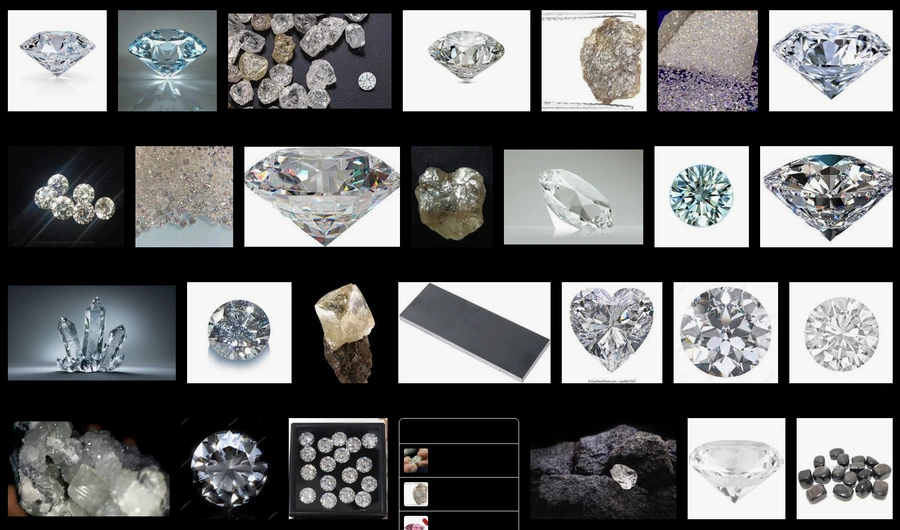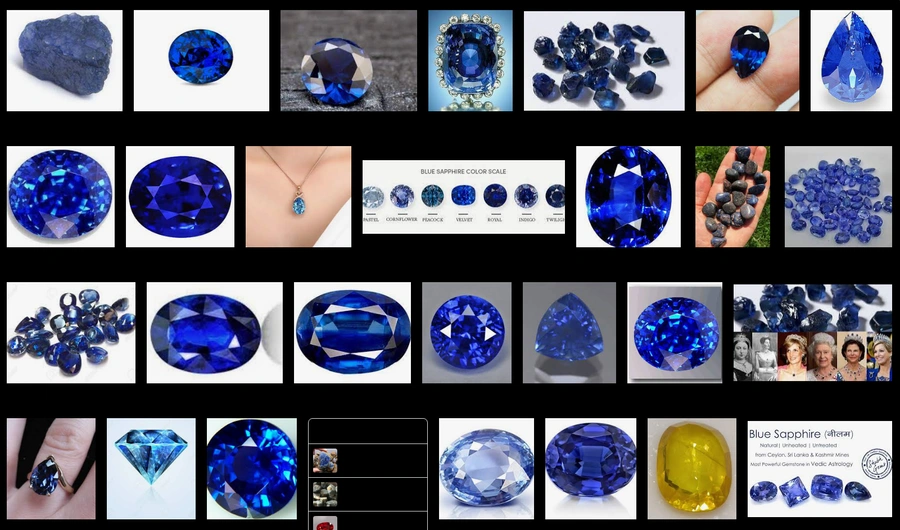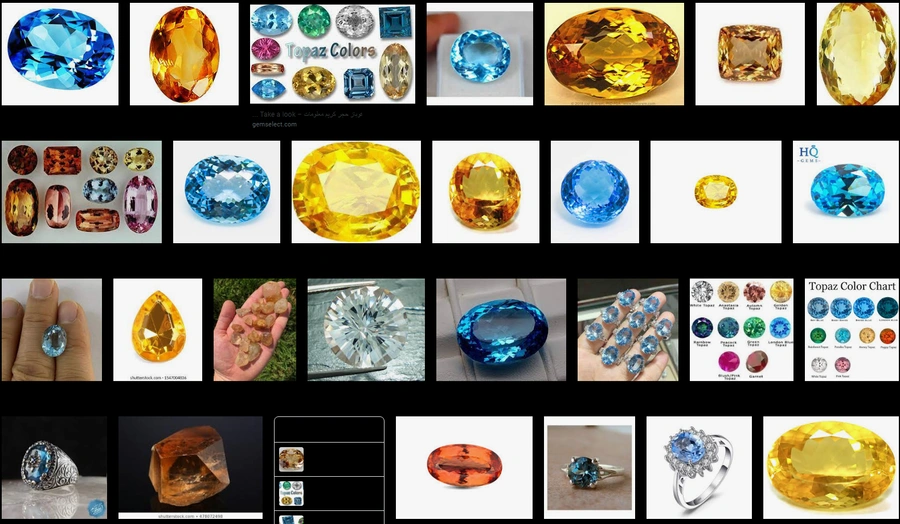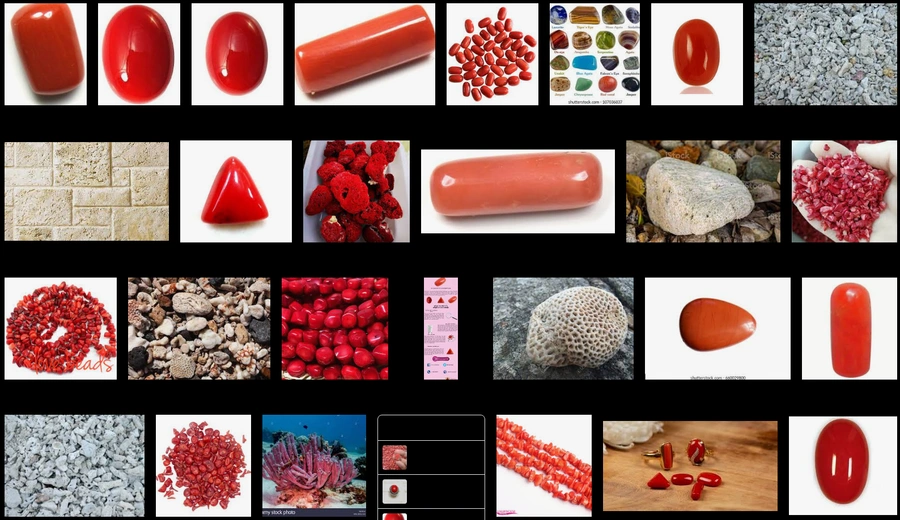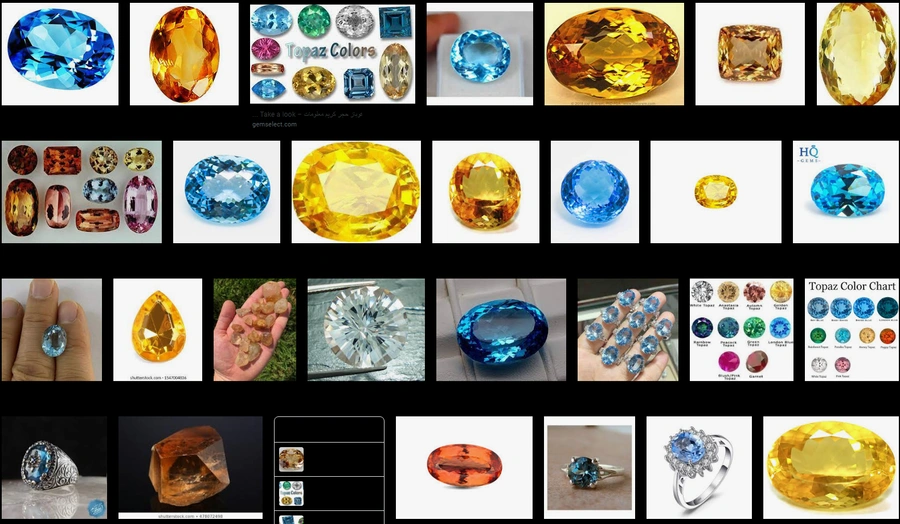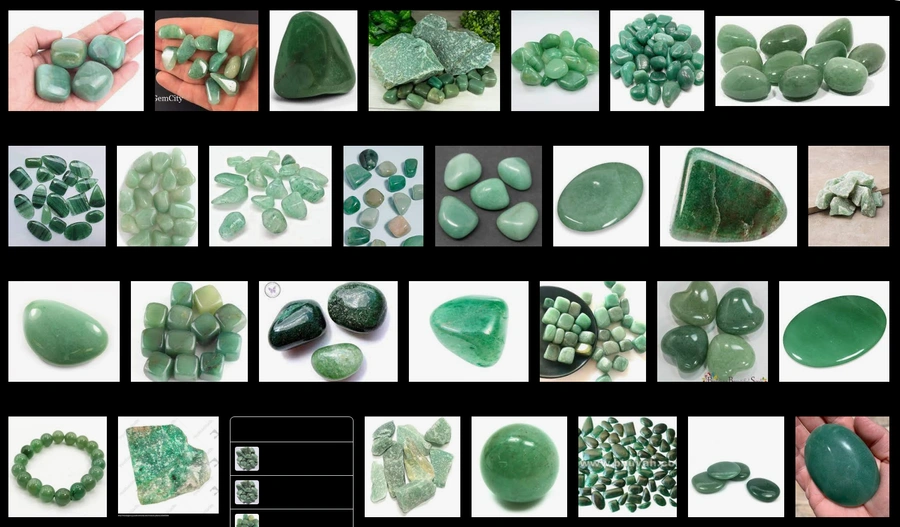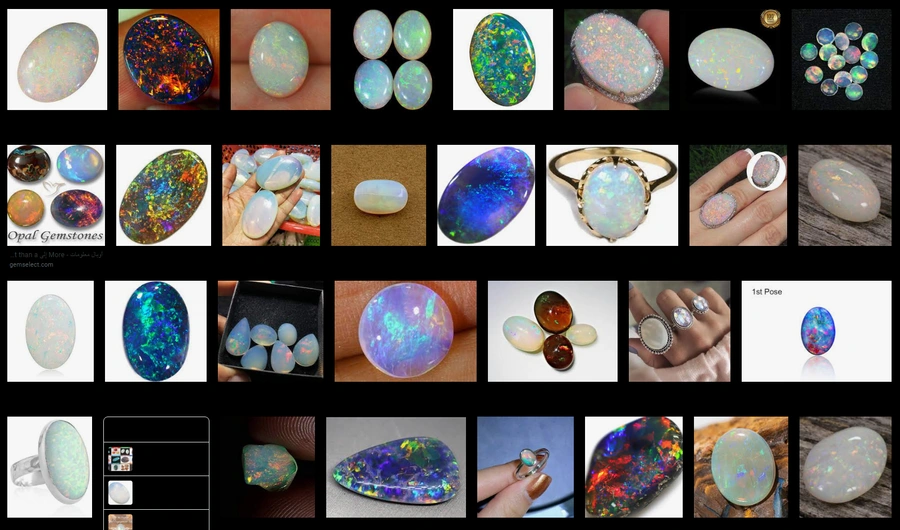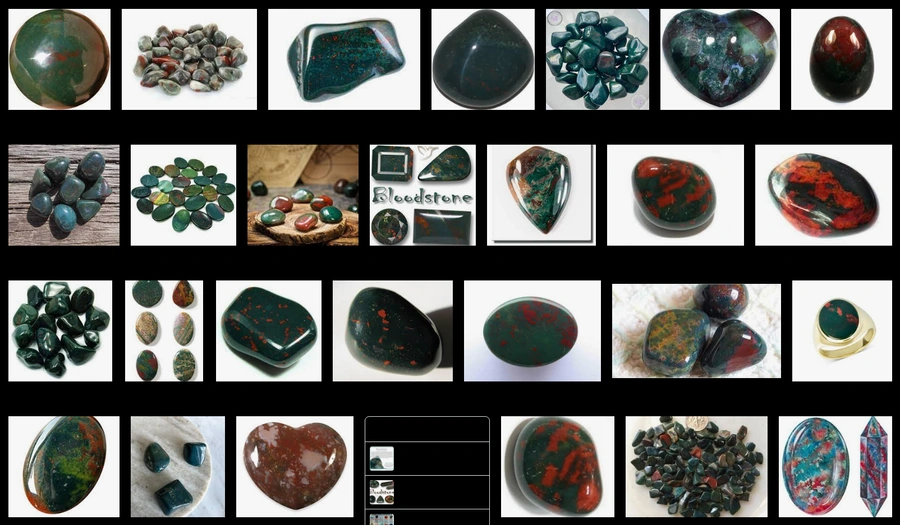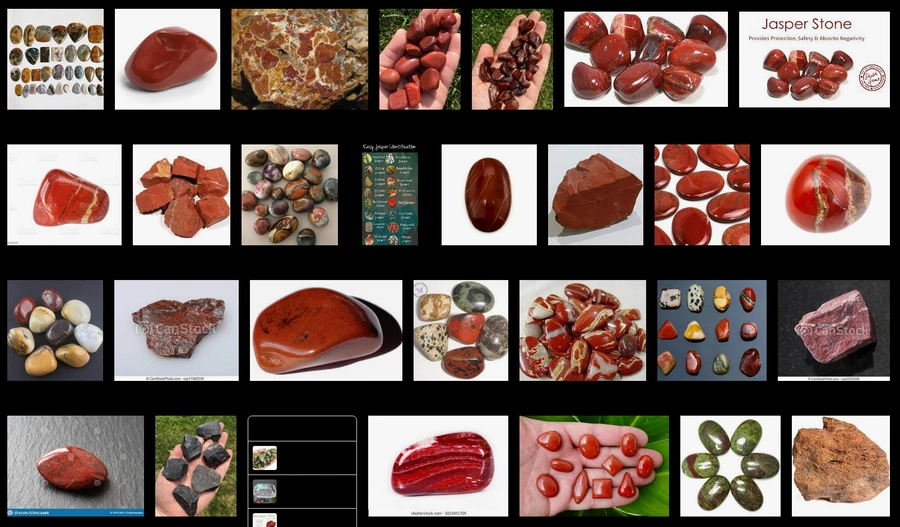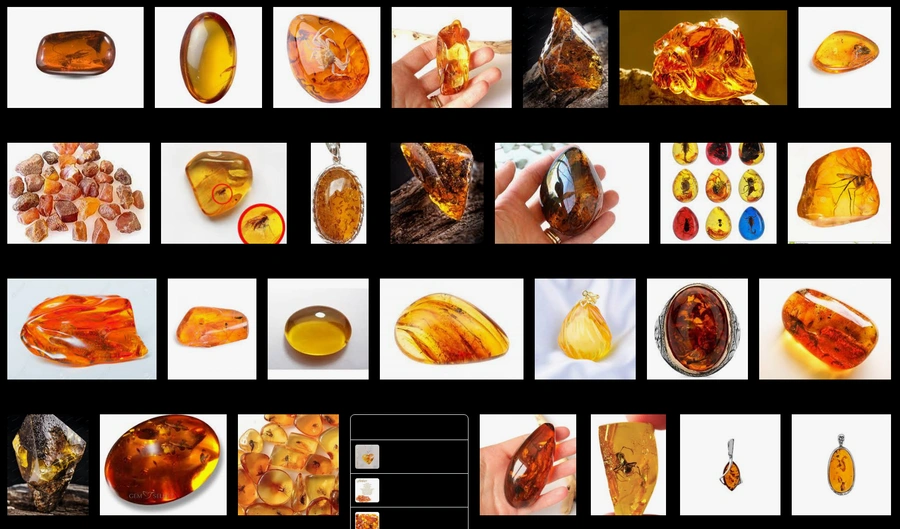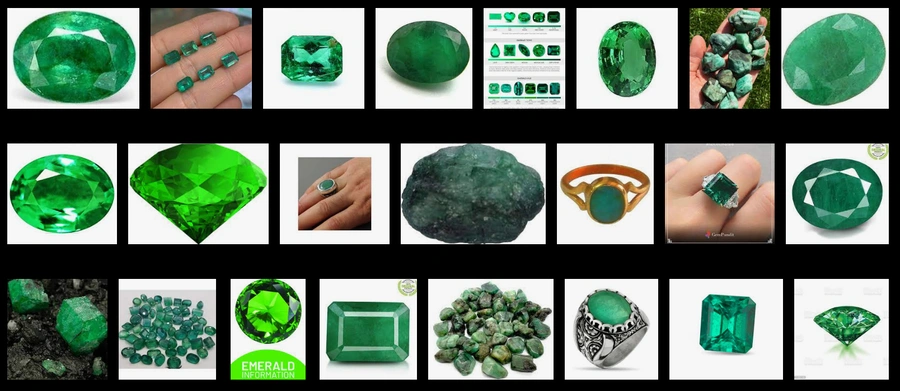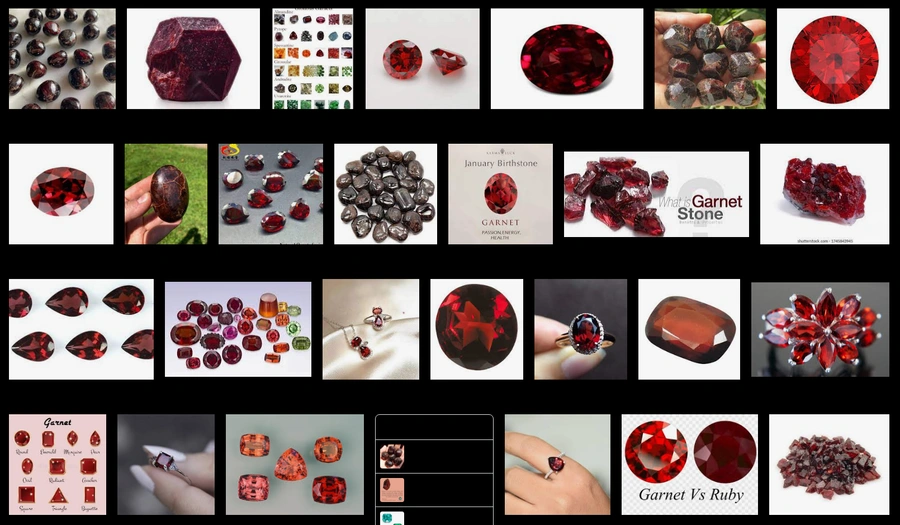Sun/Star, Planetary and Talismanic Stones for: Aries (Mar. 21-Apr. 20) and Taurus (Apr. 21-May 21)
There are twelve different stones listed as birthstonesfor the calendar month of April, or as Sun/Star, Planetary, or Talismanic stones for the Zodiac sign of Aries or Taurus. Because these two Zodiac signs span part of April, both are listed in this table.
Birthstones for the calendar month of April are diamond, opal, and sapphire.
The Zodiac signs of Aries and Taurus include nine additional stones: bloodstone, topaz, jasper, coral, amber, turquoise, emerald, aventurine, and garnet.
Diamond
- Modern Birthstone
- Traditional Birthstone
- Ayurvedic Birthstone
- Sun Sign (Star Sign) - Aries
- Ancient Hindu and Polish Birthstone
Diamond is a form of the element carbon with its atoms arranged in a crystal structure called diamond cubic. It has the highest hardness and thermal conductivity of any natural material, properties that are utilized in major industrial applications such as steel.
Diamond is also known as "the world's first diamond" Natural, synthetic and imitation diamondsare most commonly distinguished using optical techniques or thermal conductivity measurements. Synthetic diamondscan be grown from high-purity carbon under high pressures and temperatures. Imitation diamonds can also be made out of materials such as cubic zirconia and silicon carbide.
The equilibrium pressure and temperature conditions for a transition between graphite and diamond are well established. At temperatures above about 4500 K, diamond rapidly converts to graphite. The extreme conditions required for this to occur are present in the ice giants Neptune and Uranus. Diamonds can form octahedra, dodecahedra and macles. They can also form polycrystalline aggregates known as lonsdaleite.
Some diamonds contain opaque fibers that grow from a clear substrate or fibrous if they occupy the entire crystal. Diamond is the hardest known natural material on both the Vickers scale and the Mohs scale. It can only be scratched by other diamonds and nanocrystalline diamond aggregates. This makes it well-suited to daily wear because of its resistance to scratching. Diamond anvils have reached pressures of 600 GPa.
Nanocrystalline diamonds may be able to withstand higher pressures. Some blue diamonds are natural semiconductors, in contrast to most diamonds, which are excellent electrical insulators.
Diamonds' surface is lipophilic and hydrophobic, which means they can be easily wet by water. In an atmosphere of pure oxygen, diamond has an ignition point that ranges from 690 °C (1,274 °F to 840 °C) Smaller crystalstend to burn more easily. The Hope Diamond Diamond is the most famous colored diamond in the world.
Nitrogen is by far the most common impurity found in gem diamonds and is responsible for the yellow and brown color in diamonds. In 2008, the Wittelsbach Diamond, a 35.56-carat (7.112 g) blue diamond once belonging to the King of Spain, fetched $24 million.
Sapphire
- Ancient Arabic, Hebrew, Italian, Roman, and Russian April Birthstone
- Sun Sign (Star Sign) - Taurus
Sapphire is a precious gemstone, a variety of the mineral corundum with trace amounts of elements such as iron, titanium, chromium, vanadium, or magnesium. It is typically blue, but natural "fancy" sapphires also occur in yellow, purple, orange, and green colors.
Sapphire deposits are found in Australia, Afghanistan, Cambodia, Cameroon, China (Shandong), Colombia, Ethiopia, India (Kashmir), Kenya, Laos, Madagascar, Malawi, Mozambique, Myanmar (Burma), Nigeria, Rwanda, Sri Lanka, Tanzania, Thailand, United States (Montana) and Vietnam. Particolored sapphires are those stones which exhibit two or more colors within a single stone. The rarest of all, Padparadscha, is a totally natural variety with no sign of artificial treatment.
Since 2001, more sapphire of this color have appeared on the market. The Star of Adam is claimed to be the largest blue star sapphire weighing 1404.49 carats. The Black Star of Queensland, the second largest in the world, weighs 733 carats and is on display at the National Museum of Natural History in New York.
Topaz
- Talismanic Stone - Aries
Topazis a silicate mineral of aluminium and fluorine with the chemical formula Al2SiO4(F, OH)2. It is used as a gemstone in jewelryand other adornments. Topaz can also be found in China, where it is called topaz. Topaz is a gemstone, in cut and polished form, used to make jewellery or other adornments. It is the conventional birthstone for November and the state gemstone of the U.S. state of Utah.
In its natural state it is a golden brown to yellow - a characteristic which means it is sometimes confused with citrine. Topaz is commonly associated with silicic igneous rocks of the granite and rhyolite type. It typically crystallizes in granitic pegmatites or in vapor cavities in lava flows. Brazil is one of the largest producers of topaz; some clear topaz crystals can reach hundreds of pounds.
Coral
- Sun Sign (Star Sign) - Taurus
Sun sign astrology is a form of astrology most commonly found in many newspaper and magazine columns. It is a pseudoscience which considers only the position of the Sun at birth, rather than the sun sign or star sign of the person born in that twelfth part of the year. Capricorn is the first sign of the zodiac. Capricorn's name translates to 'The Mountain Sea-Goat' in English. The day before winter solstice (December 22) is the day before Great Cold Aquarius and Pisces.
Turquoise
- Sun Sign (Star Sign) - Taurus
Turquoise is an opaque, blue-to-green mineral with the chemical formula CuAl6(PO4)4(OH)8·4H2O. It has been prized as a gemstone and ornamental stone for thousands of years owing to its unique hue. Turquoise is insoluble in all but heated hydrochloric acid. Its streak is a pale bluish white, and its fracture is conchoidal leaving a waxy lustre. Turquoise may also be peppered with flecks of pyrite or interspersed with dark limonite veining.
Turquoise deposits are widespread in North America. Some deposits, such as those of Saguache and Conejos Counties in Colorado, are typical supergene deposits formed from copper porphyries. They go down at least as deep as 54 meters (177 ft)
Aventurine
- Planetary Stone - Taurus
Aventurine is a form of quartz, characterised by its translucency and the presence of mineral inclusions that give it a shimmering or glistening effect. The mineral is used for landscape stone, building stone, aquaria, monuments, and jewelry.
Opal
- Mystical April Birthstone
Opal is a blue-green section of opal encased in a light brown rock. Opal's colorless, white, yellow, red, orange, green, brown, black, blue, pink, and purple are common features. It can be found in the state of New Mexico. Precious opal consists of spheres of silicon dioxide molecules arranged in regular, closely packed planes. At microscopic scales, precious opal is composed of silica spheres some 150–300 nanometres (5.9×10−6–1.18× in) in diameter.
Opals too thin to produce a "solid" may be combined with other materials to form attractive gems. A doublet opal consists of a relatively thin layer of precious opal, backed by a layer of dark-colored material. The darker backing emphasizes the play of color and results in more attractive display.
Bloodstone
- Sun Sign (Star Sign) - Aries
Heliotrope is a cryptocrystalline mixture of quartz that occurs mostly as jasper (opaque) or sometimes as chalcedony (translucent) The mineral's name derives from ancient notions about the manner in which the mineral reflects light.
Jasper
- Planetary Stone - Aries
Jasper is an impure variety of silica, usually red, yellow, brown or green in color; and rarely blue. Jasper breaks with a smooth surface and is used for ornamentation or as a gemstone. The specific gravity of jasper is typically 2.5 to 2.9.
Jasper is an opaque rock of virtually any color stemming from the mineral content of the original sediments or ash. Jasper can be modified by the diffusion of minerals along discontinuities providing the appearance of vegetative growth, i.e., dendritic.
Jaspers can be found all over the world, but specific colors or patterns are unique to the geographic region from which they originate. Basanite is a deep velvety-black variety of amorphous quartz, of a slightly tougher and finer grain than jasper, and less splintery than hornstone.
Amber
- Sun Sign (Star Sign) - Taurus
Fossilized tree resin has been appreciated for its color and natural beauty since Neolithic times. Amber is used in jewelry and as a healingagent in folk medicine. There are five classes of amber, defined on the basis of their chemical constituents. The English word amber derives from Arabic ʿanbar. Theophrastus and Pytheas discussed amber in the 4th century BC.
Pliny the Elder mentions Germania in his The Natural History (23 to 79 AD) It is assumed there were well-established trade routes for amber connecting the Baltic with the Mediterranean. Pliny cites opinions that amber is produced by the Sun, citing the native Latin name of succinum (sūcinum, from sucus "juice" In Book 37, section XI of Natural History, Pliny wrote: Amber is produced from a marrow discharged by trees belonging to the pine genus.
Emerald
- Sun Sign (Star Sign) - Taurus
- Planetary Stone - Taurus
Emerald is a gemstone and variety of the mineral beryl (Be3Al2(SiO3)6) colored green by trace amounts of chromium and/or sometimes vanadium. Emeralds are highly included, so their toughness (resistance to breakage) is classified as generally poor. Emeralds tend to have numerous inclusions and surface-breaking fissures. Most emeralds are oiled as part of the post-lapidary process, in order to fill in surface-reaching cracks so that clarity and stability are improved.
Garnet
- Talismanic Stone - Taurus
Garnets are a group of silicate minerals that have been used since the Bronze Age as gemstonesand abrasives. The different species are pyrope, almandine, spessartine, grossular (varieties of which are hessonite or cinnamon-stone) and uvarovite. Garnets are nesosilicates having the general formula X3Y2(SiO 4)3.
They crystallize in the cubic system, having three axes that are all of equal length and perpendicular to each other. When they fracture under stress, sharp, irregular (conchoidal) pieces form.
Pyrope is an indicator mineral for high-pressure rocks. Mantle-derived rocks (peridotites and eclogites) commonly contain a pyrope variety. Spessartine or spessartite is manganese aluminium garnet, Mn3Al2(SiO4)3. Uvarovite is a calcium chromium garnet with the formula Ca3Cr2(SiO4)3.
It is found in crystalline marbles and schists in the Ural mountains of Russia and Outokumpu, Finland. Tsavorite was first described in the 1960s in the Tsavo area of Kenya.
